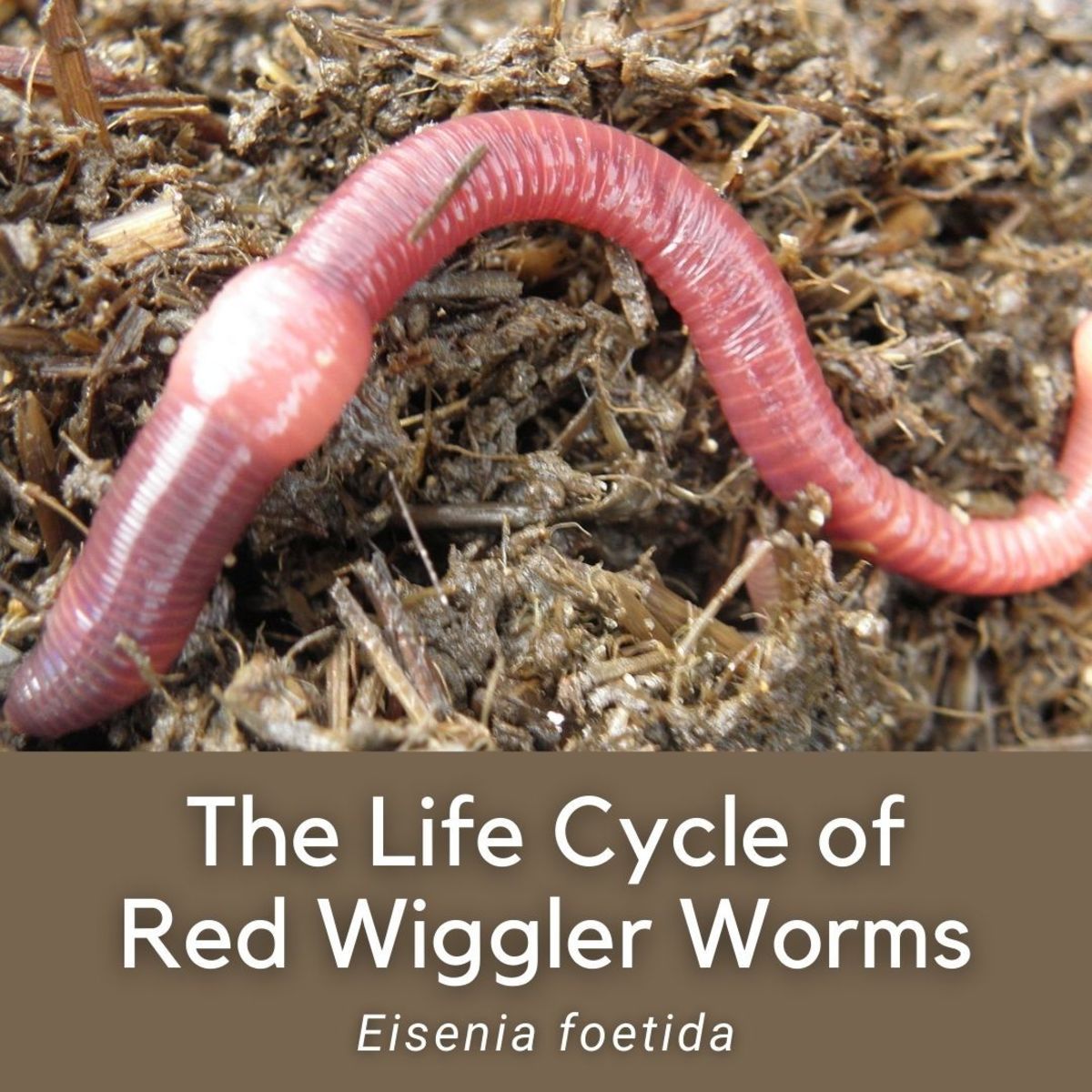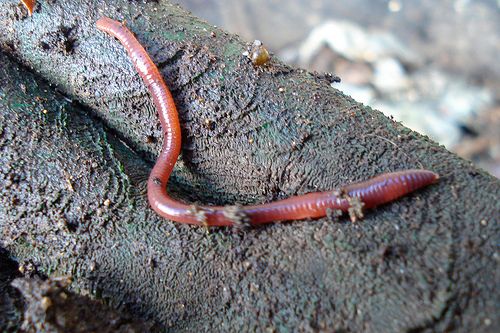Red Wiggler Worms Demystified: Opening the Keys of Vermiculture for Greener Living and Nutrient-Rich Dirt
In the realm of lasting methods for enhancing dirt high quality and promoting eco-conscious living, red wiggler worms play a crucial yet typically overlooked function. Red Wiggler Worms. Comprehending the intricacies of caring for these worms, enhancing their setting, and using their spreadings can lead to a greener way of life and healthier soil for plants to prosper.
The Function of Red Wiggler Worms
Red Wiggler worms play a crucial duty in composting systems by effectively damaging down organic issue right into nutrient-rich spreadings. These voracious eaters eat a variety of organic products, such as kitchen area scraps, backyard waste, and paper items. As they feed, the worms' digestive system processes break down the natural issue right into a fine, dark, and nutrient-dense material referred to as worm castings or vermicompost.
The castings created by Red Wiggler worms are highly valuable for soil health and wellness and plant growth. They are abundant in crucial nutrients like phosphorus, potassium, and nitrogen, which are crucial for supporting healthy plant advancement. In addition, worm spreadings include helpful germs and enzymes that aid improve soil structure, rise water retention, and boost nutrient uptake by plants.
Advantages of Vermicomposting

It boosts soil structure, boosts dirt aeration, and raises dirt moisture retention. Vermicompost additionally enriches the soil with crucial nutrients like potassium, phosphorus, and nitrogen, promoting plant growth and total dirt fertility.
Furthermore, vermicomposting assistances sustainable horticulture practices by giving a all-natural and chemical-free choice to synthetic plant foods. Red Wiggler Worms. This ecologically friendly strategy not only enhances the dirt but also helps in reducing reliance on unsafe chemicals, advertising a greener and more lasting way of horticulture
Establishing a Worm Bin
When developing a worm bin for vermicomposting, appropriate arrangement is important to make certain the success of the composting process. The primary step in setting up a worm bin is choosing an appropriate container. This can be a plastic container or wooden box that supplies enough area for the worms to relocate around and has proper drainage holes to stop waterlogging. Next, a bed linen product such as shredded newspaper, cardboard, or coconut coir must be included in the container. This bed linens provides a comfy atmosphere for the worms and assists maintain moisture degrees.
After including the bed linens, present the red wiggler worms to the bin. It is suggested to begin with a handful of worms and progressively raise as they multiply. The worms ought to my company after that be given with food scraps such as vegetables and fruit peels, coffee premises, and eggshells. It is necessary to prevent adding meat, milk, oily, or salty foods to prevent bring in insects and developing undesirable smells.
Regularly check the wetness levels and temperature level in the worm bin to make certain optimum conditions for the worms. With correct configuration and maintenance, the worm container will successfully transform organic waste right into nutrient-rich compost for your plants and garden.
Collecting Worm Castings
To effectively collect nutrient-rich worm spreadings from your vermicomposting system, a methodical harvesting approach is necessary. When it comes time to collect the worm spreadings, there are a few key steps to follow to guarantee a successful process.

Troubleshooting Common Issues
Determining and addressing common difficulties that might arise during the vermicomposting procedure is essential for keeping a efficient and healthy worm bin. One typical problem that vermicomposters experience is overfeeding. Adding excess food scraps can bring about a buildup of moisture and acidity in the worm bin, possibly damaging the worms. To stop this, feed the worms in small amounts, ensuring that the food scraps are effectively broken down prior to including a lot more. One more issue is unpleasant smells originating from the worm bin. Foul scents suggest anaerobic conditions, generally brought on by overwatering or poor ventilation. To remedy this, readjust the wetness recommended you read levels by including dry bedding products like shredded newspaper or cardboard and rise aeration by transforming the bed linen regularly.
In addition, if the worm population is decreasing or the worms appear undesirable, maybe because of environmental stress factors such as extreme temperature levels or pH levels. Keeping an eye on these elements and making needed modifications is vital for the well-being of the worms. By troubleshooting these common concerns promptly, vermicomposters can make sure a smooth and effective vermicomposting process while keeping a growing worm populace.

Conclusion
Finally, red wiggler worms play a critical duty in vermiculture by damaging down organic matter Recommended Site into nutrient-rich soil. The benefits of vermiculture include greener living and boosted dirt top quality. Establishing a worm bin is vital for successful vermiculture, and gathering worm spreadings provides valuable compost for gardening. By comprehending and repairing usual issues, individuals can open the tricks of vermiculture for lasting living and healthier soil.
As they feed, the worms' digestive processes break down the organic issue right into a penalty, dark, and nutrient-dense product understood as worm castings or vermicompost.
The castings generated by Red Wiggler worms are very advantageous for dirt wellness and plant development. Including excess food scraps can lead to a build-up of moisture and acidity in the worm bin, possibly damaging the worms.In addition, if the worm population is decreasing or the worms appear harmful, it might be due to ecological stressors such as severe temperatures or pH degrees. Setting up a worm container is vital for successful vermiculture, and gathering worm spreadings offers beneficial compost for horticulture.